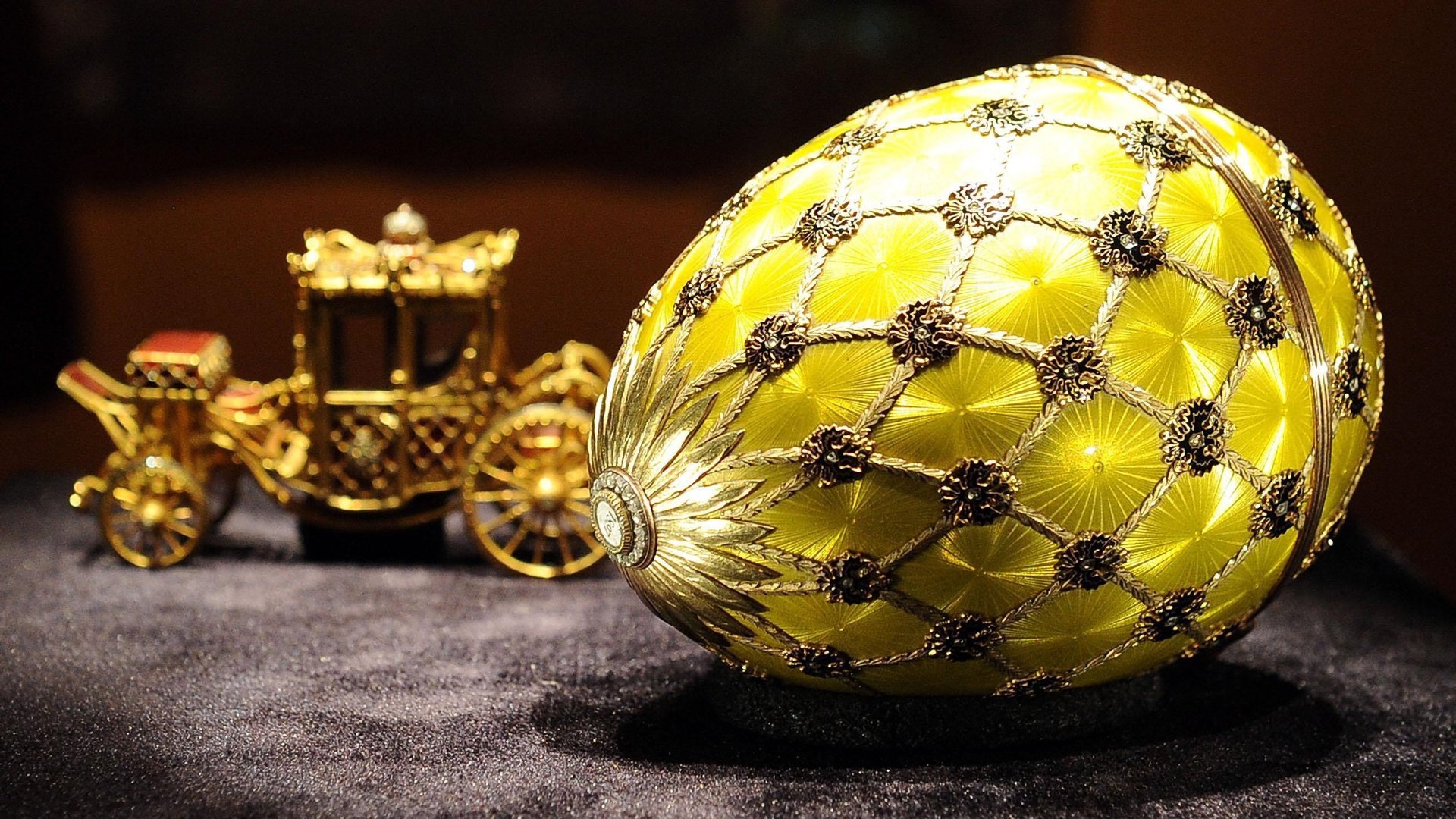After feeding the vanity of royalty for decades, jewelry brand Faberge tests out India
Since its founding in 1842, Fabergé has been a favorite among the elites. A Fabergé egg—the brand’s trademark gem-laden spin on chocolate Easter eggs that became a favorite of Russian Tsar Alexander III—ranked among the most opulent gifts bestowed upon the world’s royalty, including those in India. In 1903, Maharaja Sir Pratab Singh Bahadur of Jammu & Kashmir commissioned a crystal stamp holder by Fabergé and in 1937, Maharaja Bikaner gifted an elaborate presentation box fashioned by the famed jeweler to Queen Mary of Britain.


Since its founding in 1842, Fabergé has been a favorite among the elites. A Fabergé egg—the brand’s trademark gem-laden spin on chocolate Easter eggs that became a favorite of Russian Tsar Alexander III—ranked among the most opulent gifts bestowed upon the world’s royalty, including those in India. In 1903, Maharaja Sir Pratab Singh Bahadur of Jammu & Kashmir commissioned a crystal stamp holder by Fabergé and in 1937, Maharaja Bikaner gifted an elaborate presentation box fashioned by the famed jeweler to Queen Mary of Britain.
The renowned Russian jeweler is showcasing its latest collections, including “exquisite jewelry, exceptional timepieces and iconic objet d’art,” in India’s capital New Delhi and commercial hub Mumbai, the company announced. Fabergé chief executive Sean Gilbertson said that the company, which now operates under gems supplier Gemfields, is looking to “explore possibilities to set up business here.”
“With its penchant for colored-gemstones and its pursuit of superlative expressions of artistry, Fabergé strikes a deep chord with the customs and cultures of India,” Gilbertson said. “The rarity inherent in reflecting individual expressions of inspiration and style, echoes deeply cherished Indian traditions.”
India’s $18.5 billion luxury market is still at a nascent stage, but is expected to touch $50 billion by 2020, according to a 2016 report by the Confederation of Indian Industries and research agency Kantar IMRB. While outsize import duties translate into ridiculously high prices, deterring people from purchasing luxury goods in the country, younger urban Indians with higher disposable incomes are expected to start splurging on pricey watches and expensive handbags.
Still, Fabergé will likely face a series of challenges if it does end up selling its goods in India. Luxury retailers struggle to find the right real estate to match the calibre of their brands—there just aren’t enough malls dedicated to selling high-end goods. The booming fake luxury market also keeps buyers from purchasing genuine goods.
The country also recently wiped out 86% of its currency, adding to the woes of a domestic jewelry industry. De Beers, the world’s largest diamond supplier, reported a slowdown in business due to demonetization.